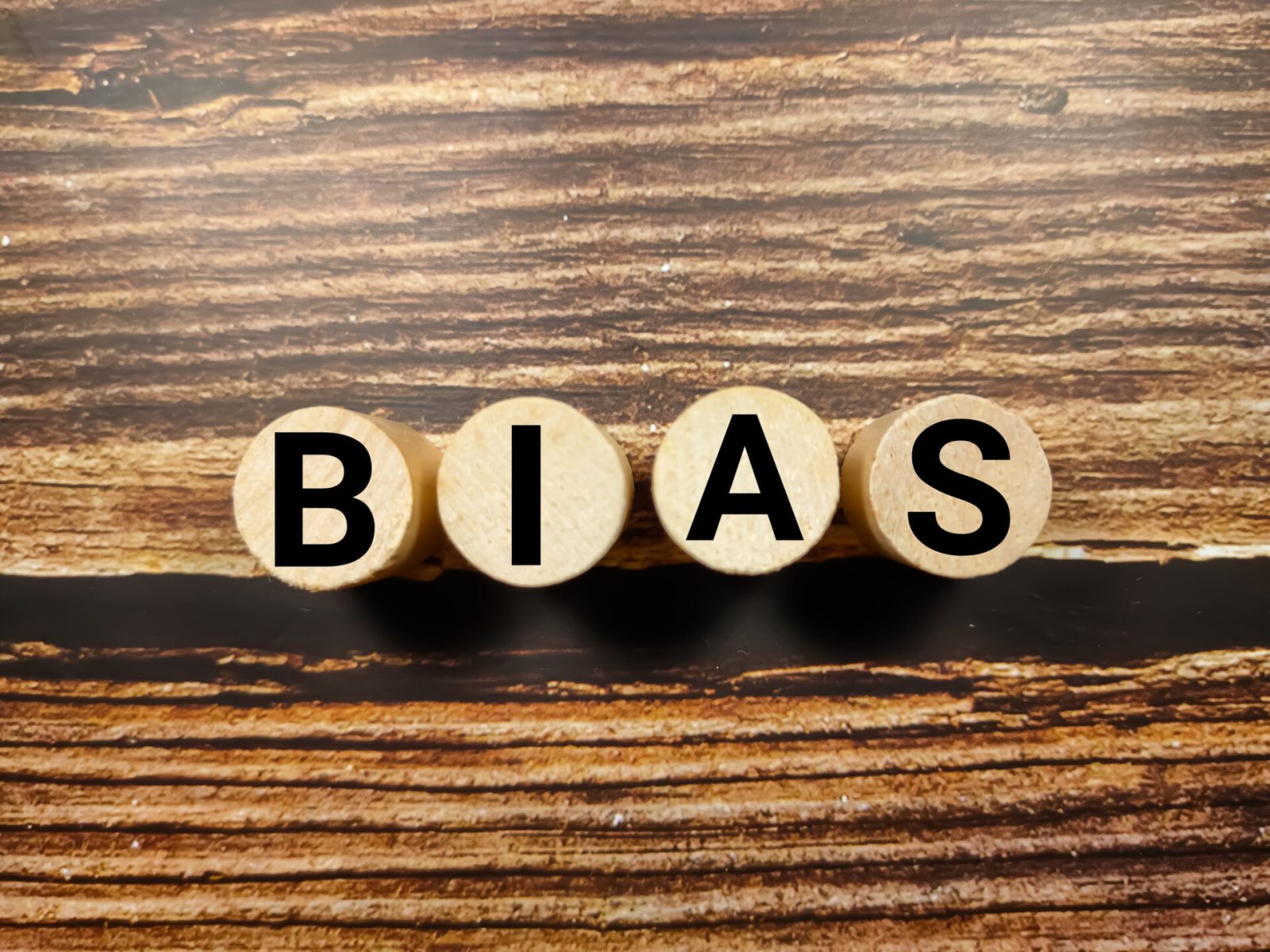“Ready to Decide” (McKinsey Quarterly, April 2015) discusses the “cognitive and behavioral biases” that adversely affect decision making and provides a method to assess whether or not a particular decision is subject to them. Because bias – which the Oxford Dictionaries define as “prejudice” or “preconceived opinion that is not based on reason or actual experience” – increases with the number and magnitude of untested assumptions made when reaching conclusions, effective decision makers follow a structured approach to manage assumptions throughout the decision making process.
We make decisions when our current state is not meeting our needs and we want to consider implementing a change. For example, at one end of the spectrum, people choose each morning what to wear during the day because their night clothes may not be appropriate. At the other end of the spectrum, companies choose acquisition targets because the current organization is not producing satisfactory results. At both ends of the spectrum, intuitively or thoughtfully, decision makers consider both the need being met and the risk associated with their final choice. The difference between the two ends of the spectrum is one of experience and risk. When we have a history of successfully making similar decisions and the risk is minimal, an intuitive approach may be sufficient. However, when making decisions subject to significant risk, a more formal approach to better understand our assumptions may be necessary to manage bias.
To move beyond intuition, and any hidden assumptions that could bias decision making, effective decision makers begin managing their assumptions by fully understanding all of the needs the final choice should meet and their relative importance towards achieving their long term goals and strategy. For example, when choosing clothing, fashion, comfort, and protection might be competing needs. When choosing an acquisition, economies of scale, product or market reach, and specific expertise might be competing needs. In addition, effective decision makers separate what they can measure in advance from what cannot be known until after the decision has been implemented. Having clear measures in place to fairly evaluate the relative performance of different alternatives is an effective method for reaching conclusions based on objective rather than bias when confirming information. Using a common framework to document this information allows decision makers to easily validate their conclusions with other stakeholders.
After using objective information to identify which alternative(s) best meet their measurable needs, effective decision makers next consider the unknowns that might affect the final outcome. In general there are three types of risks to consider: 1) performance change, the results produced by or resources consumed by the chosen alternative change; 2) expectation change, the needs to be met by the chosen alternative change; 3) environmental change, the setting in which we operate changes. When considering unknowns, we have to make assumptions because no one has a clear view into the future. But, effective decision makers manage these assumptions by looking for historic data about the probability of the threat – how often it has actually happened in the past, and the seriousness of the threat – to understand what the actual downside was in the past.
“Are you ready to decide” provides guidance for helping decision makers quickly assess the soundness of the decisions they have made. Following a structured approach and making visible the thinking that led to the final choice is an effective way to manage “cognitive and behavioral biases” and reach sound conclusions.







